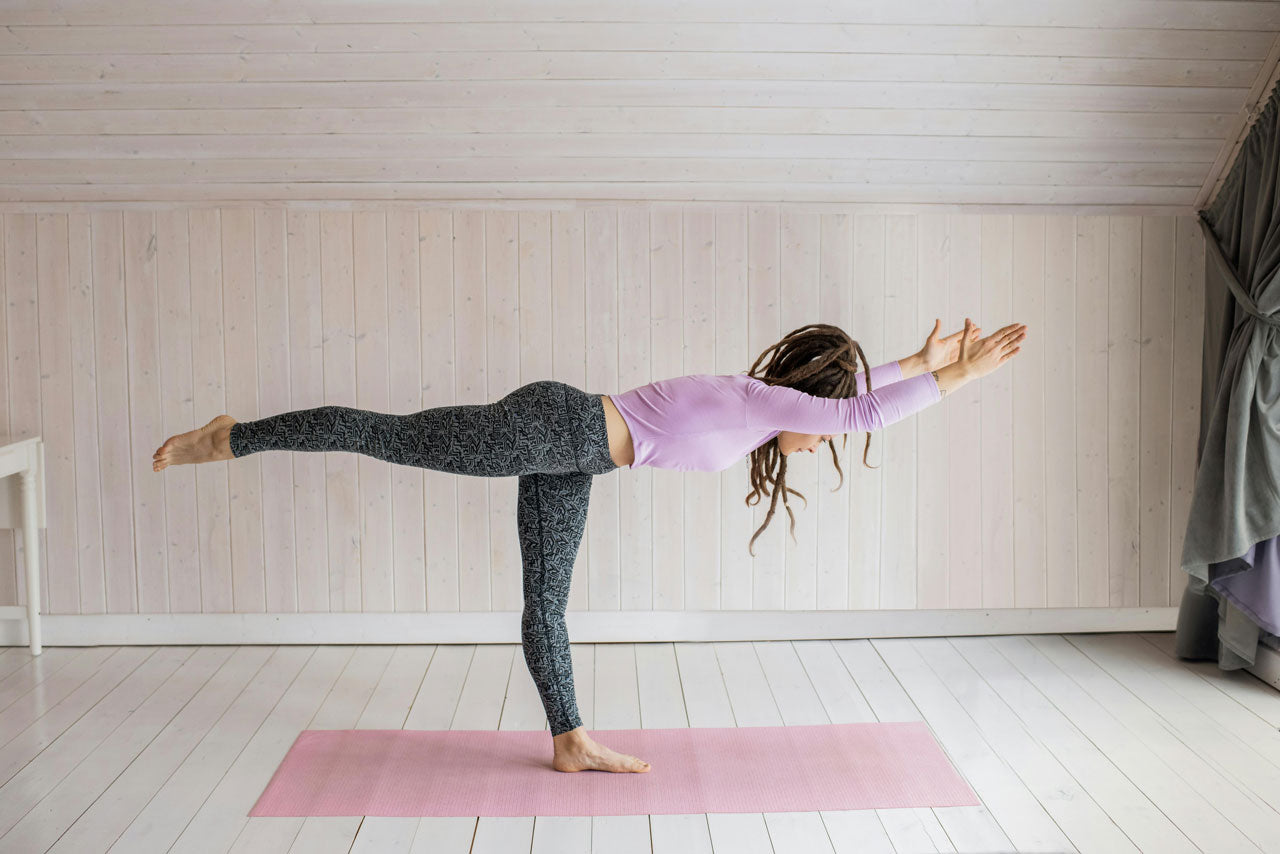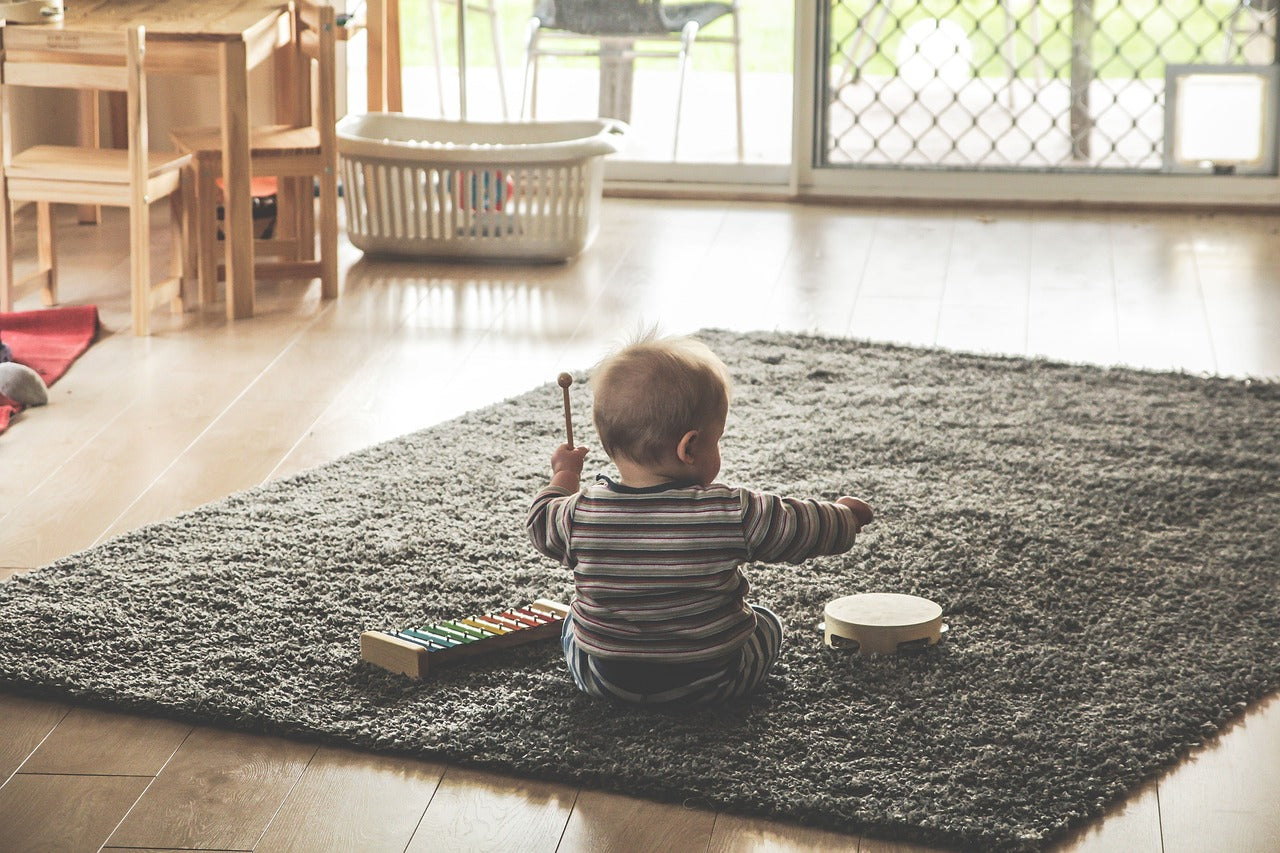Balance is essential for health and wellbeing, so it’s concerning to learn that our balance begins to deteriorate precipitously after the age of 60.
We humans are the preeminent bipedal species. Our unusual gait may not be as speedy as our quadrupedal competition, but our approach to walking is among the most energy efficient designs in nature. And crucially, our upright posture allows us to not only see further but also use our hands to climb, to use tools, and ultimately to create culture. It’s not too much to claim that our posture made us human.
The cost of being bipedal is high, however, because balancing over the tiny base provided by our feet necessitates moment to moment adjustments in our posture. Continuous muscular and neurologic effort are required, which together incur a substantial metabolic cost. Cows and other quadrupeds can sleep while standing but when we humans sleep, we must lie down so we don’t fall down. Evolution insists that we lie down to sleep as a way of dialing back our metabolic rate, saving our energy for the next day’s hunting and gathering.
Failure of balance risks falling, so evolution has equipped us with redundant systems to keep us upright. The vestibular system of our inner ear senses changes in position continuously, and our eyes report our position and orientation in space. Additionally, pressure sensors on the soles of our feet and proprioceptive sensors in our joints contribute to our sense of balance by reporting the positions of our joints, especially our ankle joints. All of these inputs are integrated in our brain which works hard in the background to be sure we don’s stumble even when distracted while running.

Physicians can easily test overall balance using the “Single Leg Stance Test” (SLST) in which the patient stands on one foot with eyes open. Standing for 10 seconds is considered a passing score. A recent paper in the prestigious British Medical Journal1 called attention to this test when the authors found that in people over the age of 50 failing the SLST almost doubled the likelihood of dying even after correcting for age, sex, body mass index, and common medical conditions. This is an alarming discovery, because half of adults over the age of 70 failed this simple test of balance.

Kaplan-Meier survival curves of participants aged 51–75 years old divided by ability (YES) and inability (NO) to complete the 10-s one-legged stance test.
This link between balance and mortality is by now well established and was recently reconfirmed in a metanalysis by Cao and coworkers2 in 2021. Importantly, Cao is careful to point out that the association between balance and shortened lives is not necessarily causal, so we don’t know if improving balance will help avoid all of these early deaths. But it seems likely that better balance will make falls less likely. And since falling was responsible for 36,000 deaths in the US in 20203 we can certain that maintaining good balance is a worthwhile goal as we age.
Yes, but can we actually improve balance? We know that specific balancing skills, such as walking on a slackline or riding a unicycle can be learned through repetition, but it’s less clear that these pursuits actually improve the Single Leg Stand Test or offset the relationship between balance and all-cause mortality. For example, training to walk on a slackline improves the skills specific to the slackline (e.g. slackline standing time), but seems not to transfer to static and dynamic standing on the floor. There is some evidence that practices that focus specifically on balance in motion, such as Tai Chi, can reduce falls4, so it seems that the type of training may be important if the goal is to reduce falls.
Tai Chi is an ancient practice, but there are newer approaches to balance training. For example, Reactive Balance Training (RBT)5 is an approach to fall prevention that aims to specifically improve response to balance perturbations by repeatedly unbalancing a patient and allowing them to practice reactions that avoid a fall, improving their ability to react effectively over time.
RBT has been shown beneficial in several populations, including stroke and Parkinson's patients, as well as older adults who are a globally increased risk of falling. Of course, such training requires close supervision, but can be an effective, if resource intensive, approach to avoiding falls.
This sort of abusive training is effective in humans, so effective in fact that it has been borrowed by engineers at Boston Dynamics to improve the balance of robots.
While such training sessions may seem abusive, it’s likely that the robots don’t feel hard done by. At least, not yet.
Can active sitting be helpful in improving balance? Maybe. No research is available, so we really don’t know. But certainly, having the stronger core that active sitting develops can help one to more easily recover as balance is being lost. And sitting with a balanced posture on an active chair may help develop the reflexes required to stay in a more balanced posture generally.
With so many options for balance training what’s an aging person to do? Perhaps the place to start is with the easy wins around your home6: be sure your stairs are uncluttered, well lit, and have handrails, and that your floors (and especially bathtub} aren’t slippery. Eliminate throw rugs that can slip or trip one up and assure that your furniture arrangement allows you to get around easily without tripping hazards.
And most importantly, if balance and falling seem like risks to you arrange to see your doctor, or, as a place to start, maybe just try the Single Leg Standing Test. Like this:
If you find this test challenging, it may be a good investment to work a bit on your balance, either on your own, or with a health professional or trainer.
1 Successful 10-second one-legged stance performance predicts survival in middle-aged and older individuals
2 Association of Balance Function With All-Cause and Cause-Specific Mortality Among US Adults
3 Older Adult Fall Prevention
4 Systematic review and meta-analysis: Tai Chi for preventing falls in older adults
5 The Effect of Reactive Balance Training on Falls in Daily Life: An Updated Systematic Review and Meta-Analysis
6 Home and environmental hazards modification for fall prevention among the elderly





Leave a comment
All comments are moderated before being published.
This site is protected by hCaptcha and the hCaptcha Privacy Policy and Terms of Service apply.